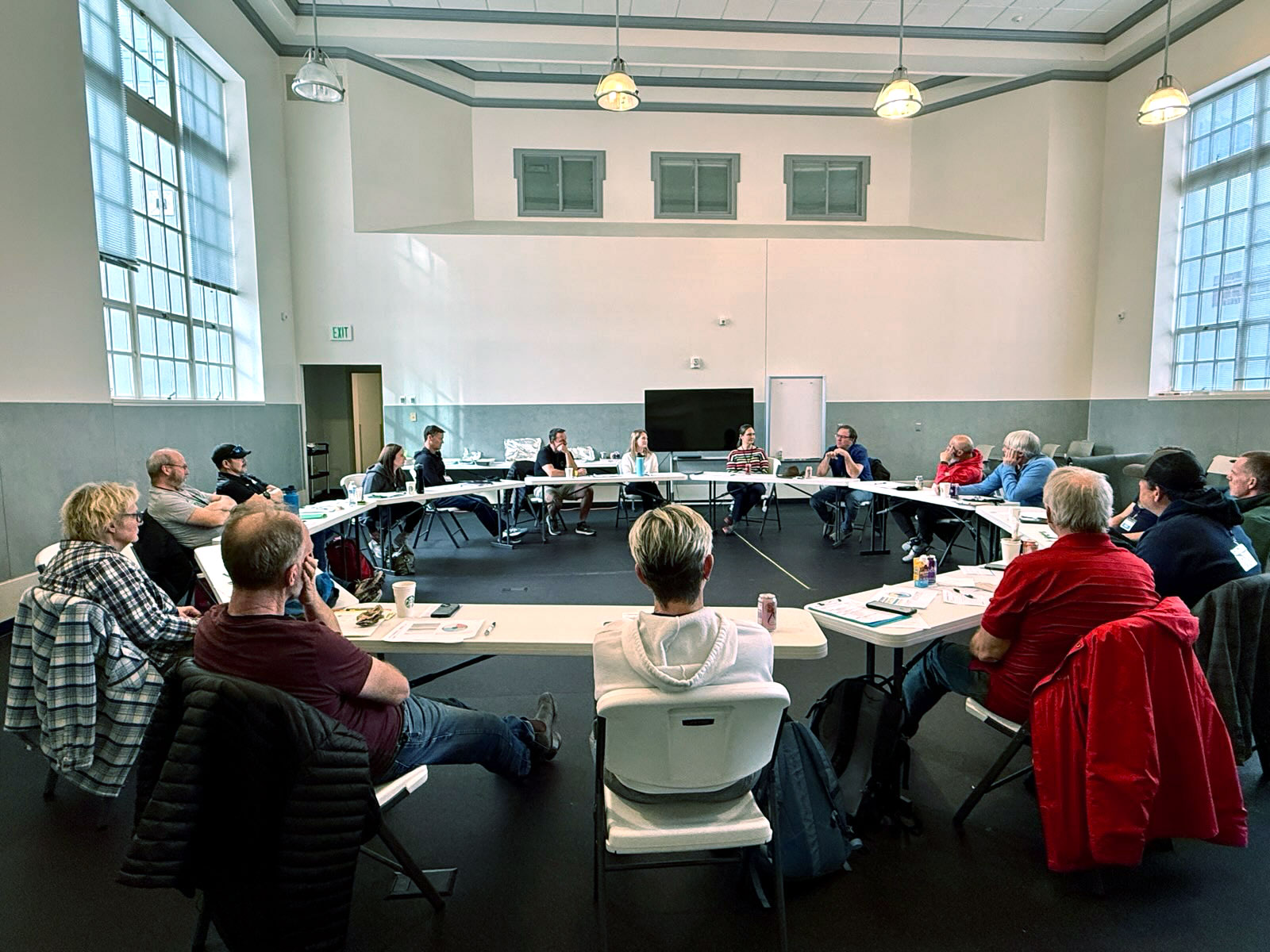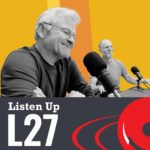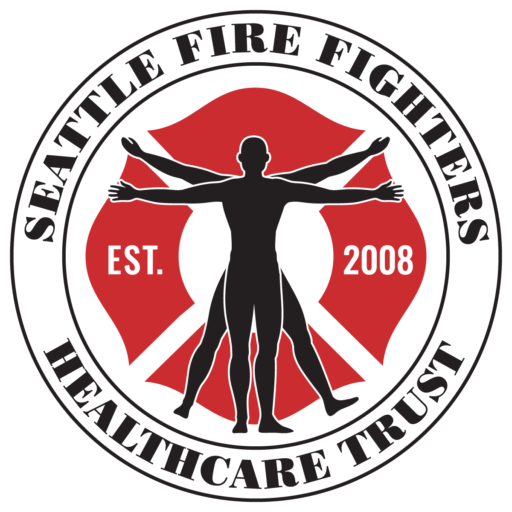
More Than a Checkup: The Retiree Group Visit Brings Fire Fighters Home
Thanksgiving has always been about more than the meal. It’s about the table—who’s sitting around it, the stories that get told, the familiar voices that make you feel you’re exactly where you belong. For Seattle fire fighters, that feeling of home has lived in the firehouse for decades: the morning coffee, the dinner conversations, the people who understood the job without explanation.
When you retire, you don’t just leave a career; you leave that table.
“I hadn’t even considered what it would be like to go back into a room with a bunch of fire fighters I worked with for 30 years and visit with them about their experiences in this new life that we have after retiring,” says Tim O’Mahony, who retired in 2020 after three decades with the service. “Which is really what it is…” he adds, “It’s like you have to go reinvent yourself.”
That reinvention isn’t always easy. Retirement is often portrayed as the finish line—the reward for years of hard work. But the reality can be more complicated. Losing your familiar daily structure, the absence of that firehouse social circle, the sudden quiet where there used to be radio traffic and familiar voices—it takes time to find your footing. Many retirees try new hobbies, join different social groups, and explore activities they never had time for during their careers. Some adjust quickly. Others struggle to find their rhythm in this new chapter of their lives.
The Station 2 Clinic recognized this challenge and responded with an innovative solution: the Retiree Group Visit (RGV) at the clinic. Launched as a pilot program at the end of 2024 and now continuing as an annual offering, the RGV offers retired fire fighters something they didn’t know they were missing—a chance to come back to the table.
A Reunion Disguised as a Physical
“When they put us all in a room together, I thought maybe I’d stumbled into an intervention or something. But as the picture developed, I realized it was a very deliberate mechanism to put us in orbit together, in community together in that room.”
Frank Brennan, Retiree
When Frank Brennan walked into his first Retiree Group Visit, he expected a standard medical appointment. What he got was something entirely different.
“I was pleasantly surprised by the format,” says Brennan, who retired in 2021 after 30 years, most of them at Station 14. “When they put us all in a room together, I thought maybe I’d stumbled into an intervention or something. But as the picture developed, I realized it was a very deliberate mechanism to put us in orbit together, in community together in that room.”
That deliberate design came from Dr. Marcie Hamrick, Medical Director at Station 2 Clinic, who listened when active fire fighters told her they dreaded losing access to occupation-centered care after retirement. But Dr. Hamrick saw beyond the clinical need. She understood that retirement meant losing something else too: the fire fighter family.
“One thing I had heard through the grapevine is that when people retire, they sometimes feel isolated…I not only wanted to provide continued medical care for retirees, but I also saw the social need that some may have to see each other and have a reunion of sorts.”
Dr. Marcie Hamrick, Director, Station 2 Clinic
“One thing I had heard through the grapevine is that when people retire, they sometimes feel isolated,” Dr. Hamrick explains. “I not only wanted to provide continued medical care for retirees, but I also saw the social need that some may have to see each other and have a reunion of sorts.”
The result is a hybrid model that checks all the boxes—literally and figuratively. Each RGV provides fire fighter-focused health screenings tailored to the unique occupational risks that don’t disappear with retirement. Heart disease, cancer, and other exposure-related conditions actually increase as fire fighters age, yet many community physicians aren’t familiar with the specific screening protocols retired fire fighters need.
Dr. Hamrick and her team provide those critical assessments, along with guidance on what to ask primary care providers for in ongoing care, updates on long-term health risks, and physical therapy support. But the medical component is only part of the story.
The Power of Proximity
“Relationships and communities are very much about proximity…During our time in the firehouse, we’re forced into proximity with each other. One thing that changes when you retire is the loss of that proximity—being in the same physical space, in community with people you’ve worked with for years and know well.”
Frank Brennan, Retiree
“It ended up being very much an effective, almost peer support group,” Brennan recalls. “The ability to share some experiences and tools and tricks that people have been using to navigate retirement in a kind of informal, very organic way was very helpful.”
That organic connection sets the RGV apart. Fire fighting is communal. You spend decades in forced proximity—sharing meals, watching each other’s backs, living in each other’s pockets for 24-hour shifts. That proximity creates bonds that don’t break easily, but retirement scatters them.
“Relationships and communities are very much about proximity,” Brennan notes. “During our time in the firehouse, we’re forced into proximity with each other. One thing that changes when you retire is the loss of that proximity—being in the same physical space, in community with people you’ve worked with for years and know well.”
The RGV restores that space, at least for a day. And in doing so, it creates something unexpected: permission to be honest about the struggle.
“It was so interesting to sit down and start talking to people and find out the different places that they were at,” O’Mahony says. “Some people were doing fabulous, and some people weren’t doing as well. Just because I’m having the time of my life in retirement doesn’t mean other members aren’t. That whole part of this process was a real eye-opener for me.”
That realization led O’Mahony to reconnect with colleagues who seemed to be having a harder time. The RGV didn’t just offer a health screening—it created a network of care that extended beyond the clinic walls.
Looking Forward
The program continues to evolve. Two new mental health providers, Laura Takacs, LICSW, MPH, and Jamie Epting, LMHC, joined the Station 2 Clinic team in March 2025 and now participate in RGV days. Based on participant feedback, the Healthcare Trust is also launching quarterly virtual support groups to maintain connections between annual visits.
“People focus on their finances and making sure they can pay for their medical insurance,” Dr. Hamrick observes. “But I think what people think less about is, what is my sense of meaning and purpose when I get out of bed in the morning?”
The RGV addresses that question by offering something simple but profound: a place at the table. Like Thanksgiving, it’s a reminder that gathering matters, that checking in on each other matters, that the people who understand the job—and understand you—still have a seat saved for you.
Upcoming RGV dates this fall include November 12 and December 10. The program continues in February 2026 (see sidebar for dates). Spots are limited to maintain the intimate, communal atmosphere that makes the program work. Retired union members can call Station 2 Clinic at (206) 971-1365 to reserve their place.
As Brennan puts it: “If you were hesitant about it and you miss the days of coffee in the beanery after dinner or first thing in the morning, this provides that opportunity at least one day a year.”
It’s more than a checkup. It’s coming home.
Spring 2026 RGVs
Visits sign up fast, be sure to get on the list. Call the Station 2 Clinic at: (206) 971-1365
February 25
March 25
April 29
Check out the podcast and hear the conversation with Dr Hamrick, Frank Brennan, and Tim O’Mahony.

